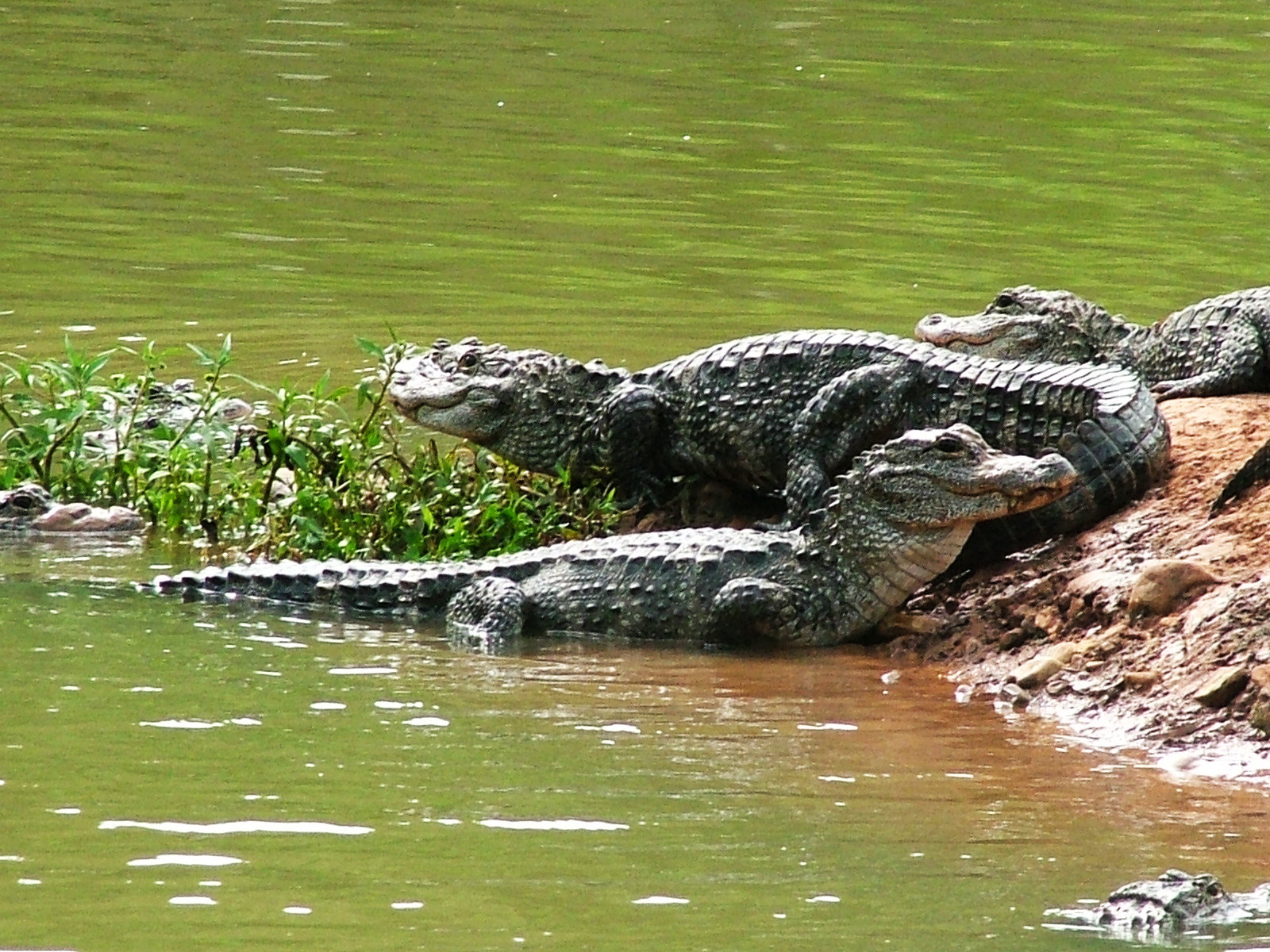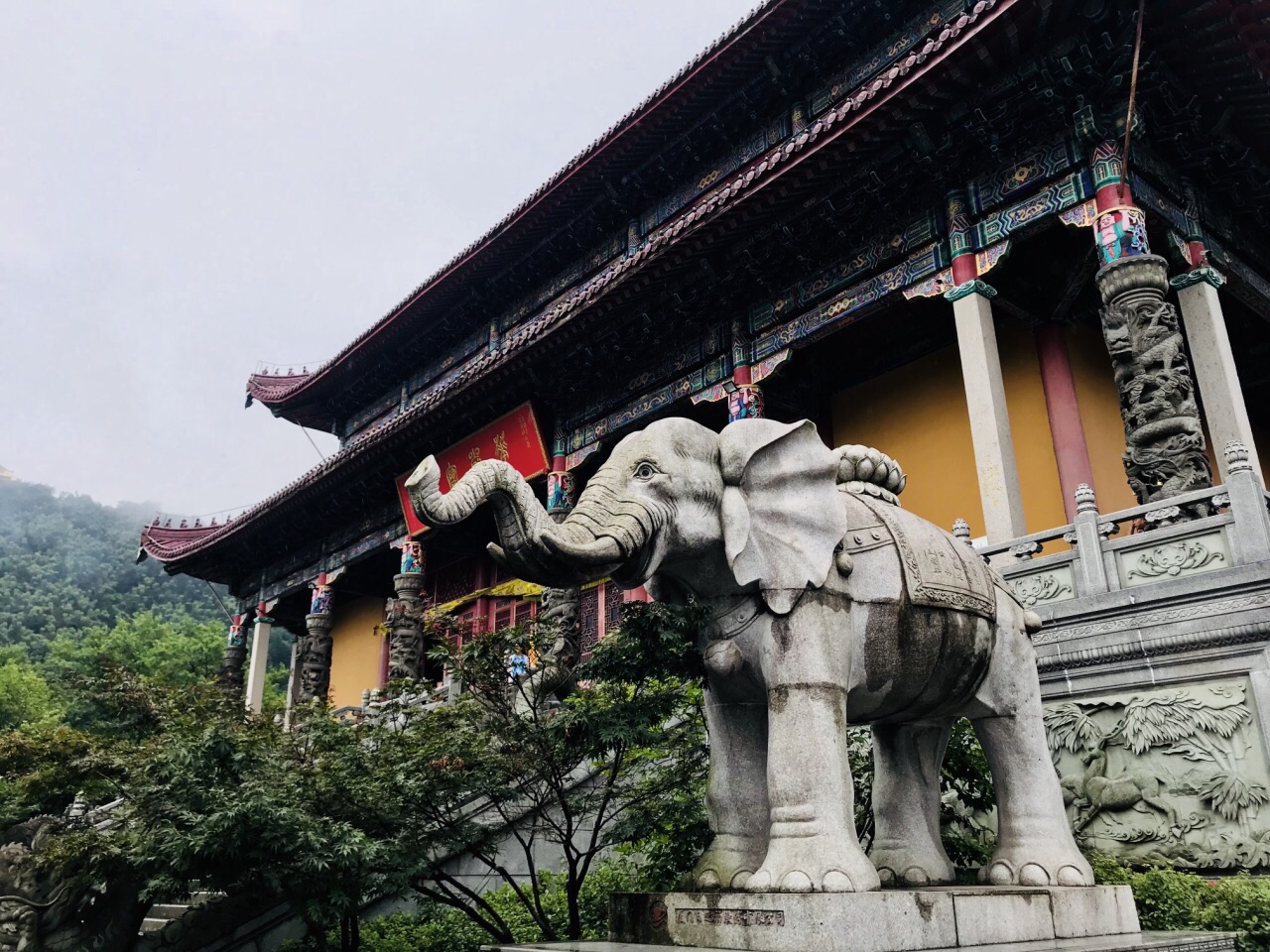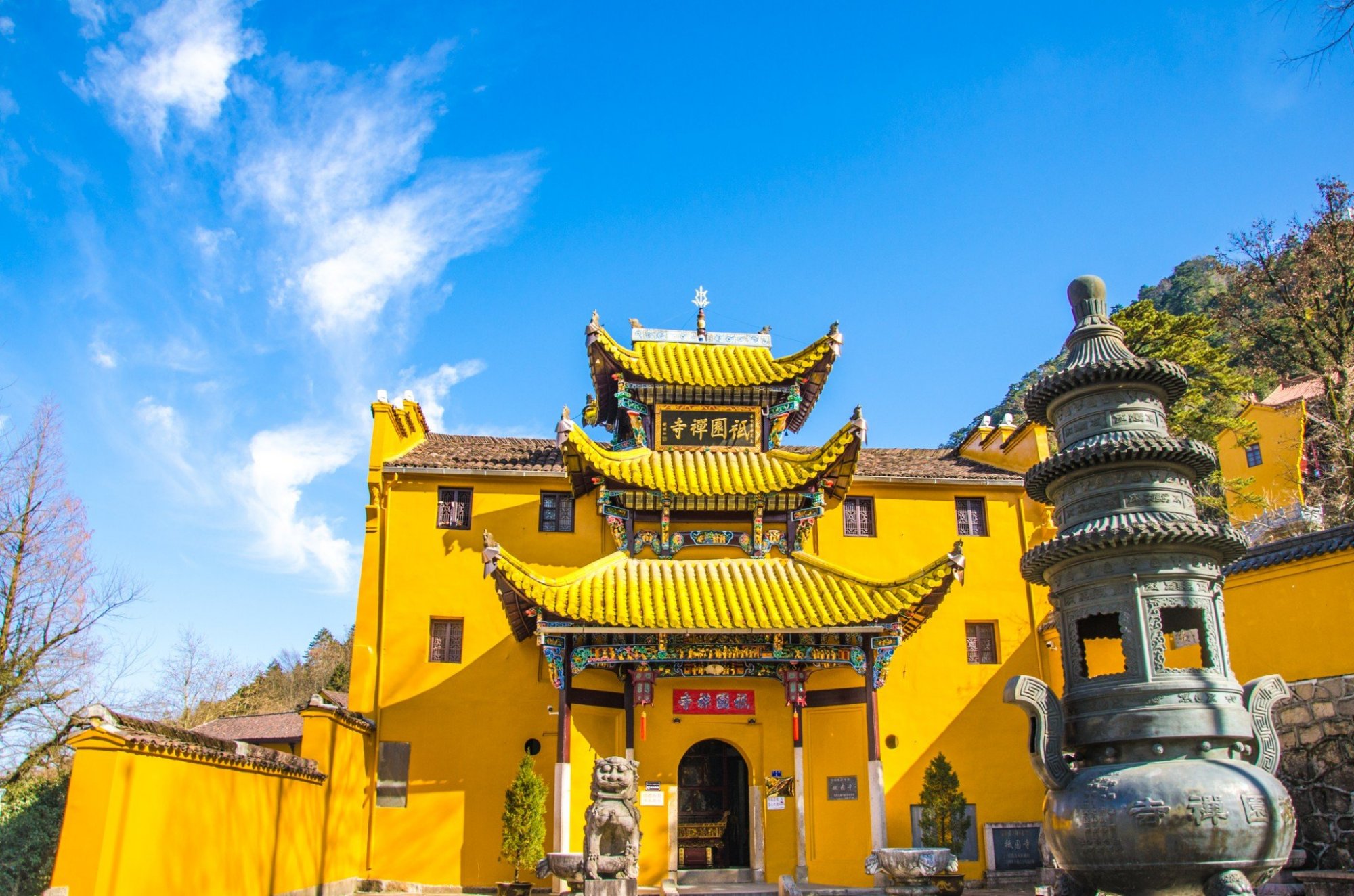
Deutsch-Chinesische Enzyklopädie, 德汉百科
 Anhui Sheng-AH
Anhui Sheng-AH



迎江寺,又称护国永昌禅寺、敕建迎江禅寺,位于安徽省安庆市沿江东路。禅宗佛寺、汉族地区佛教全国重点寺院。迎江寺,位于安徽省安庆市枞阳门外的长江边上,占地3万余平方米,由天王殿、大雄宝殿、振风塔、毗庐殿、藏经楼、大士阁、法堂、广嗣殿等建筑组成。古称护国永昌禅寺,又名万佛寺,是全国重点文物保护单位。始建于北宋开宝七年(974年)。明万历四十七年(1619年),邑绅阮自华募资重修。殿宇华丽,气势恢宏,为沿江名刹。 迎江寺,整座寺院建筑在长江岸边的高地上,殿堂巍峨,从十里开外即能见其雄姿,安庆乃国家历史文化名城,迎江寺即在该城之东南,它上临匡庐,下接九华山,北攘天柱,南临长江,可谓得天地之灵气,占人文之辉光。


 Anhui Sheng-AH
Anhui Sheng-AH

 History
History
 G 1500 - 1000 BC
G 1500 - 1000 BC

 History
History
 H 1000 - 500 BC
H 1000 - 500 BC

 History
History
 I 500 - 0 BC
I 500 - 0 BC
 Jiangsu Sheng-JS
Jiangsu Sheng-JS
 Jiangxi Sheng-JX
Jiangxi Sheng-JX
 Shanghai Shi-SH
Shanghai Shi-SH
 Zhejiang Sheng-ZJ
Zhejiang Sheng-ZJ

Yue (chinesisch 越國 / 越国, Pinyin Yuègúo), auch Yuyue (於越 / 於越, Yúyuè), war ein Staat in China, der zur Zeit der Frühlings- und Herbstannalen in etwa in dem Gebiet des heutigen Zhejiang lag. Die Hauptstadt Kuaiji (會稽 / 会稽, Kuàijī)[1] befand sich in der Nähe des heutigen Shaoxing.
越(えつ、紀元前600年頃 - 紀元前306年)は、春秋時代に中国浙江省の辺りにあった国。首都は会稽(現在の浙江省紹興市)。後に漢民族形成の中核となった黄河流域の都市国家群の周辺民族とは別の、南方の長江流域の百越に属する民族を主体に建設されたと言われる。越は楚、呉など長江文明を築いた流れを汲むと考えられており、稲作や銅の生成で栄えた。
Le Yuè ou Yú Yuè, Yut en yuè, était un État autochtone, non chinois, de la Chine orientale durant la période des Printemps et des Automnes. Il devint au début du Ve siècle av. J.-C. l'un des principaux Royaumes combattants en absorbant le royaume de Woú, son voisin septentrional peuplé de Yuè sinisés. Sa capitale septentrionale Láng Yé est transférée en 379 av. J.-C. à Woú, près de l'actuelle Changhaï. Lourdement défait en 331 av. J.-C. par le royaume de Tchou, son voisin occidental, le Yuè cède à celui-ci la majeure partie de son territoire en 247 av. J.-C.
Sinisé à partir de 222 av. J.-C. sous le règne de l'unificateur de la Chine Ts'in Chi Houang, le Yú Yuè perdure en Chine méridionale (en) à travers son aristocratie repliée dans le bassin du fleuve Min, où elle fonde en 202 av. J.-C. le Min Yuè. Une colonie de la côte de l'actuel Tchökiang prend son indépendance en 193 av. J.-C. et fonde le Dōng Yuè (en) ou Yuè oriental. Ces deux États sont submergés en 138 av. J.-C. par le Nám Vièt ou Yuè méridional, autre colonie de marchands chinois située plus au sud dans l'actuel Cantonais, et annexés avec lui en 111 av. J.-C. par la Chine des Han, venus du Nord.
Yue (越國T, YuègúoP) era uno Stato della Cina, esistito durante il periodo delle Primavere e degli Autunni ed il periodo dei regni (o stati) combattenti, nel nord del moderno Zhejiang. Durante il periodo delle Primavere e degli Autunni, la sua capitale era a Guiji (会稽), vicino alla moderna città di Shaoxing. Dopo la conquista di Wu, i re di Yue spostarono la loro capitale a nord, a Wu (moderna Suzhou).
Secondo il famoso storico Sima Qian, i sovrani di Yue si vantavano di essere discesi da Yu il Grande, e le annotazioni sul Guo Yu menzionano che il loro cognome era Mi (lo stesso dei re di Chu).
Gli antichi testi cinesi non menzionano Yue fino alle guerre che lo opposero al suo vicino settentrionale, lo Stato di Wu, alla fine del VI secolo a.C. Dopo parecchi decenni di conflitto, re Goujian di Yue riuscì a distruggere e ad annettere Wu nel 473 a.C., e Yue divenne uno degli stati più potenti del primo periodo dei regni combattenti.
Nel 334 a.C. lo Stato di Yue, sotto il governo di Wu Jiang, discendente della sesta generazione di Goujian, fu infine sconfitto e annesso da Chu. Il secondo figlio di Wu Jiang, Ming Di, fu incaricato dal sovrano di Chu di amministrare un luogo chiamato Wu Cheng (odierna contea di Wu Xing nella provincia di Zhejiang), che era situato a sud del padiglione di Ou Yang Ting, così chiamato perché era costruito sul lato sud e soleggiato (yang) del Monte Ou Yu, e gli fu quindi dato il titolo di Ou Yang Ting Hou (l'equivalente di marchese). Dopo che Chu fu sottomesso dallo Stato di Qin durante il periodo degli stati combattenti nel 223 a.C., il titolo fu abolito dall'imperatore Qin Ying Zheng. I discendenti assunsero il cognome Ou, Ouyang od Ou Hou (da allora scomparso) in ricordo del suo titolo ufficiale.
Dopo la caduta di Yue, la famiglia regnante si trasferì nel Fujian e costituì il regno di Minyue, che fu abbattuto solo intorno al 150 a.C. ad opera della dinastia Han. Nel Fujian sono state portate alla luce le città di Minyue, ordinatamente costruite in pietra, e recentemente sono state anche scoperte tombe che mostrano le usanze funebri degli Yue.
Lo Stato di Yue era famoso per la qualità della sua lavorazione dei metalli, in particolare delle sue spade. Tra gli esempi di tali manufatti sono da ricordare la famosa spada di Goujian, estremamente ben conservata, e la spada di re Zhou Gou (州勾). Xi Shi, una delle famose quattro bellezze dell'antica Cina, era originaria di questo Stato.
Yue (en chino:越国, pinyin:Yuèguó) Fue un estado en la antigua China durante el periodo de Primaveras y Otoños (722–479 a. C.) y el periodo de los Reinos Combatientes (475–221 a. C.) ubicado en la hoy provincia de Zhejiang. Durante el periodo primavera y otoño su capital fue Guiji (会稽) en la hoy Shaoxing. Después de la conquista del Estado Wu, los reyes de Yue se mudaron a la capital del norte del estado Wu, hoy Suzhou.
Según Sima Qian historiador chino, sus gobernantes afirmaban ser descendientes de Yu el Grande.
Sus gobernantes fueron marqueses (侯, hóu) hasta el siglo VI a. C., cuando pasaron a reyes (王, wáng).
Царство Юэ (кит. трад. 越國, упр. 越国, пиньинь: Yuègúo, вьетн. nước Việt, Вьет) — древнекитайское царство, которое населяли народы юэ (вьет). Существовало в эпоху Восточного Чжоу, в периоды Чуньцю и Чжаньго, находилось на территории современной провинции Чжэцзян. В период Чуньцю его столицей был Гоцзи, находившийся в районе современного Шаосина, после завоевания царства У столица была перенесена на север, в город У (современный Сучжоу).




 Animal world
Animal world
 Eat and Drink
Eat and Drink
 Religion
Religion
 Architecture
Architecture
 Companies
Companies


 Automobile
Automobile
 Geography
Geography